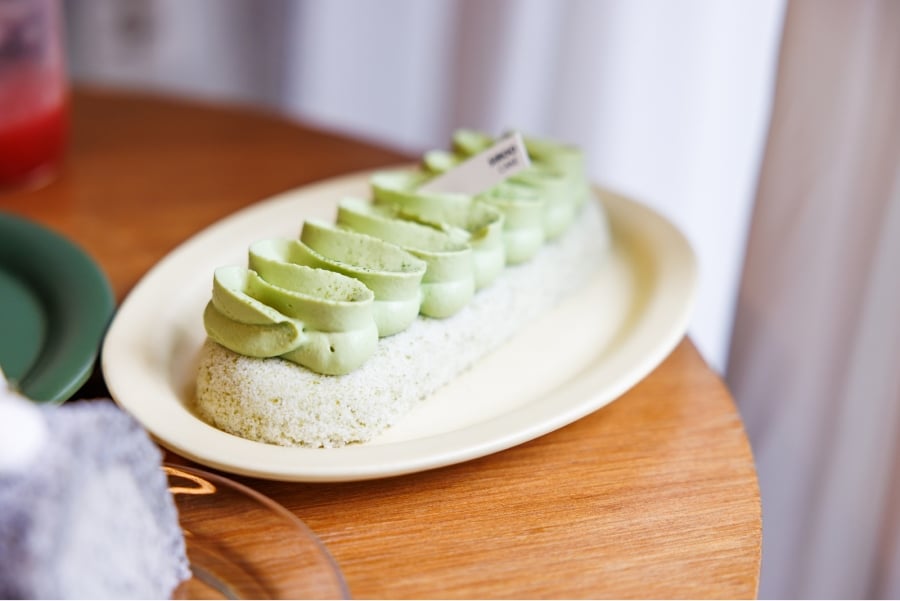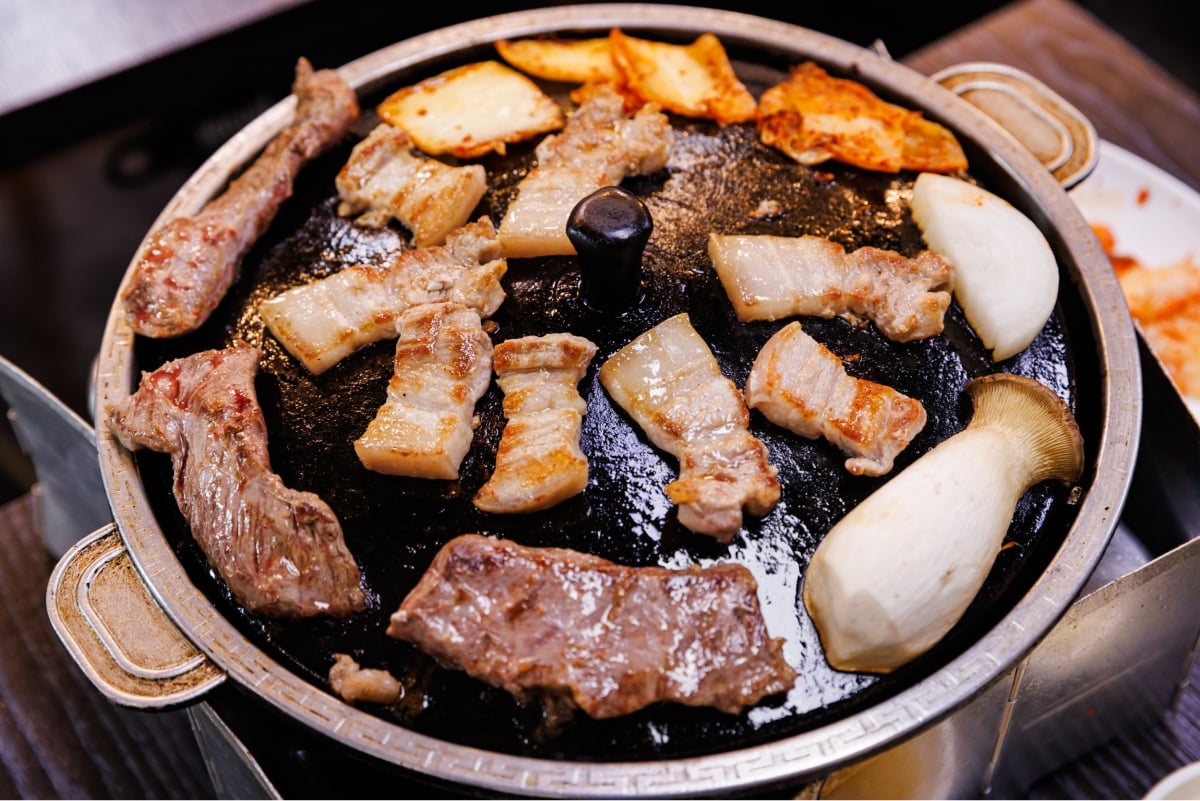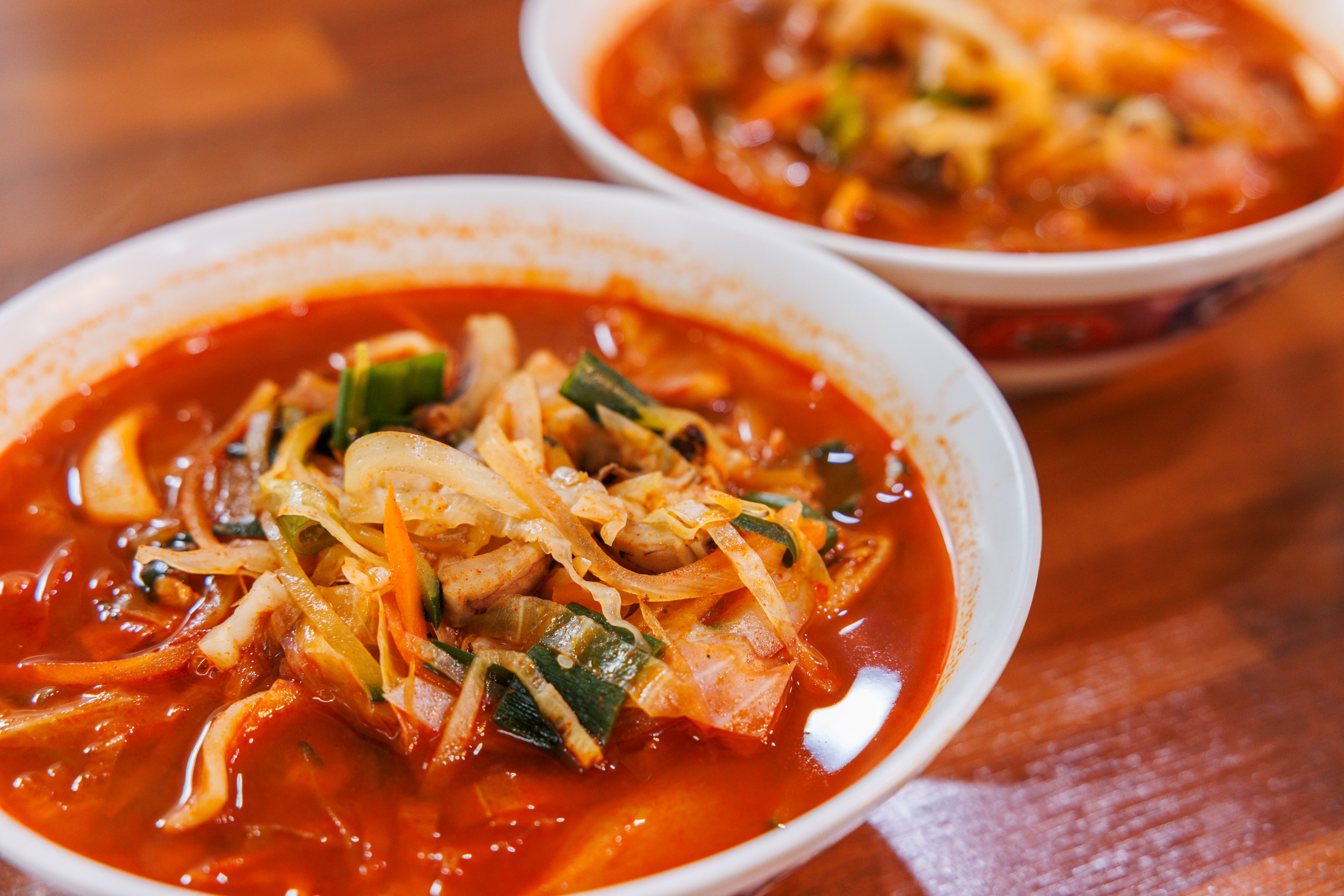Exploring the Nutritious Foods that Sustain the Vibrant Daily Life of Koreans
The Joseon-era medical text Donguibogam (Principles and Practice of Eastern Medicine) has the phrase, “Yaksikdongwon.” This phrase, meaning “food and medicine come from the same origin,” suggests a profound impact of daily dietary habits on one’s health. This idea also forms the basis of Korean Yakseon cuisine, focused on treatment and health-boosting foods with medicinal ingredients. In fact, one can easily find the idea of “Yaksikdongwon” in Korean cuisine, especially in foods made to aid recovery and enhance well-being during bad body condition.
Nutritious foods, known in Korean as “Boyangsik,” come from this perspective as well. During transitional seasons or in the midst of summer heat, which can play havoc with one’s immune system and stamina, Koreans turn to high-nutrient foods to maintain their health. Let’s explore the nutritious foods that play a role in sustaining the vibrant daily life of Koreans.
The Importance of “Yaksikdongwon” in Korean Cuisine
The concept of “Yaksikdongwon,” or the idea that food and medicine come from the same origin, is deeply rooted in Korean cuisine. This philosophy emphasizes the profound impact of daily dietary habits on one’s overall health and well-being. Korean Yakseon cuisine is a prime example of
Here is the content with the requested edits:
Nourishing Ginseng Chicken Soup: A Korean Culinary Tradition
Ginseng Chicken Soup, widely recognized globally, stands as a representative nourishing dish of Korea. During the sweltering “Boknal” days—Chobok, Jungbok, and Malbok—when even dogs are said to seek relief from the heat by lying upside down, Koreans turn to Ginseng Chicken Soup. This cultural tradition aligns with the Korean principle of “Iyeolchiyeol,” treating heat with heat in traditional medicine, while the soup’s high-calorie content aims to replenish energy levels drained by the oppressive heat. Chicken has been a favored ingredient of nutritious foods in Korea, often being enjoyed as a Whole Chicken Soup. Over time, the dish has been evolved with ginseng, jujube, and other ingredients, turning it into the Ginseng Chicken Soup we know and love today. Ginseng Chicken Soup involves cleaning a whole chicken and stuffing it with ginseng, garlic, jujube, and sweet rice, then boiling it for an extended period. There are various sub-types of Ginseng Chicken Soup, depending on the ingredients used: Ginseng Chicken Soup with Medicinal Herbs, made with medicinal herbs such as milk vetch roots, giant angelica, and antler; Ginseng Chicken Soup with Seafood, made with abalone or octopus; and Ginseng Chicken Soup with Perilla Seeds, boiling the soup with perilla seeds. The nutritious broth, made with healthy ingredients and chicken, gives you a boost of energy and protein that can help you endure the heat. Ginseng Chicken Soup’s gentle flavor also makes it a popular dish internationally. That’s why this dish often features on the list of foods recommended for international visitors to Korea.
If you’re looking for places that serve excellent Ginseng Chicken Soup, you’ll find a variety of options across Korea. From traditional restaurants to modern eateries, this nourishing dish is a must-try for anyone visiting the country.
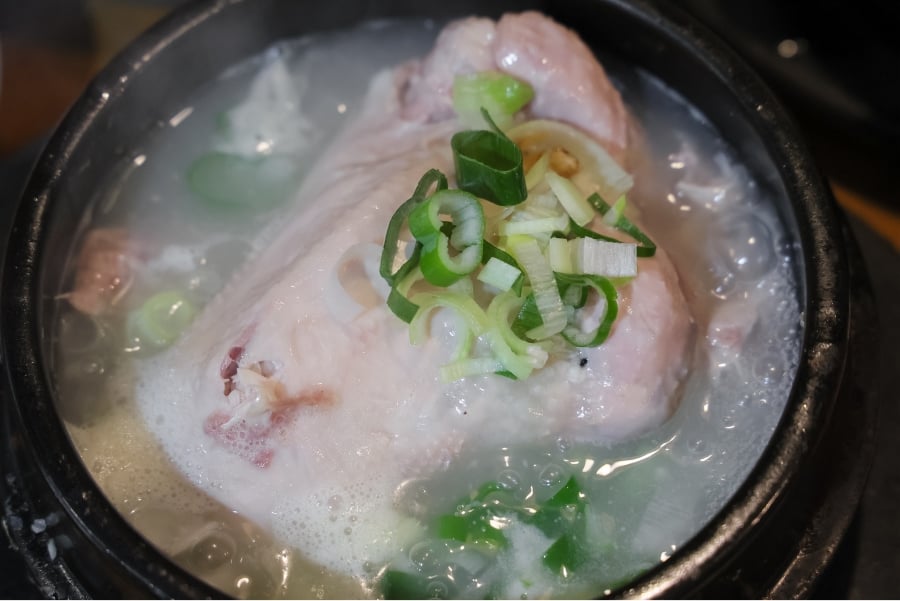
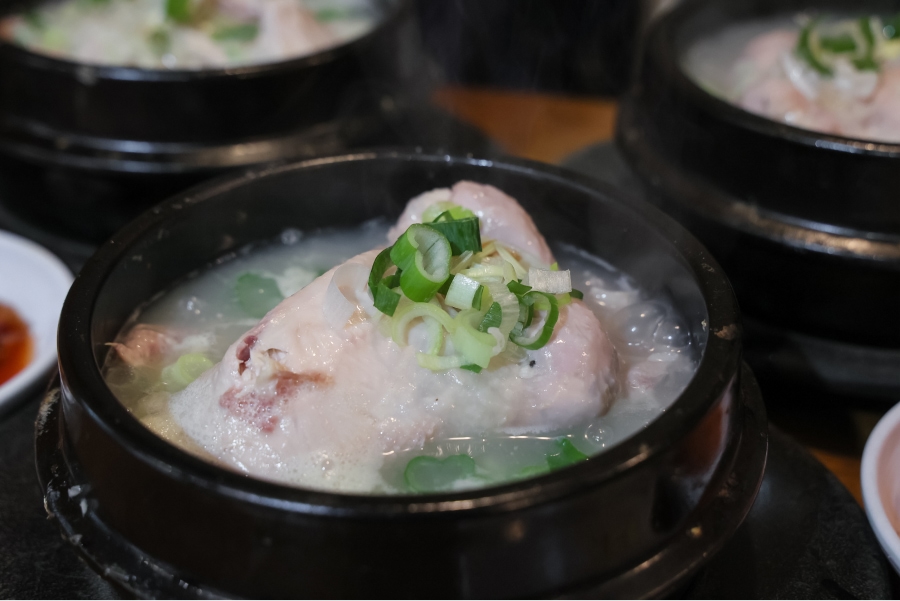

Abalone: The Prized Delicacy of Korea
Abalone has been a favored dish among kings since ancient times, often revered as the “Wild Ginseng of the Sea” due to its rich nutrients, including Vitamin B, taurine, arginine, and more. It is a high-protein, low-fat food that is great for weight loss and is rich in minerals. Abalone is especially rich in sulfur-containing amino acids, which are effective in aiding patients’ recovery and mitigating fatigue. The most popular abalone dish in Korea is Abalone Porridge. Made by adding thinly-sliced abalone and abalone innards to a porridge made with rice, Abalone Porridge is a popular food for people suffering from a cold or other illnesses. Abalone is also prepared in various forms such as grilled, sliced raw, or in abalone pot rice. Given its diverse cooking methods, it’s recommended to try it in various preparations to experience different textures and flavors. Sliced Raw Abalone is typically enjoyed fresh with oil and salt seasoning or sweet and sour red chili paste. Its greatest appeal is its springy texture and flavor. Butter-grilled Abalone, beloved for its buttery flavor and tender texture, appeals even to those less acquainted with abalone. Raw Abalone Bibimbap replaces the Sliced Raw Fish from Raw Fish Bibimbap with Sliced Raw Abalone. It is a Bibimbap made with lettuce, sprouts, and Sliced Raw Abalone seasoned with sweet and sour red chili paste. The tangy-spicy flavor of the paste complements the savory and chewy texture of the Sliced Raw Abalone.
If you’re interested in trying some of the best abalone dishes in Korea, there are numerous restaurants and eateries that specialize in this delicacy. From traditional preparations to modern interpretations, you’ll find a wide range of options to satisfy your culinary cravings.
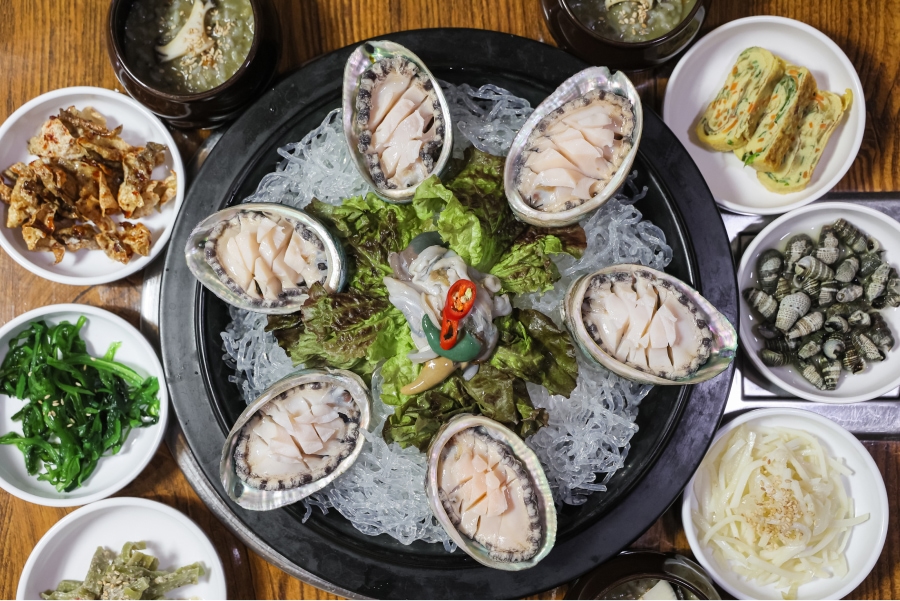
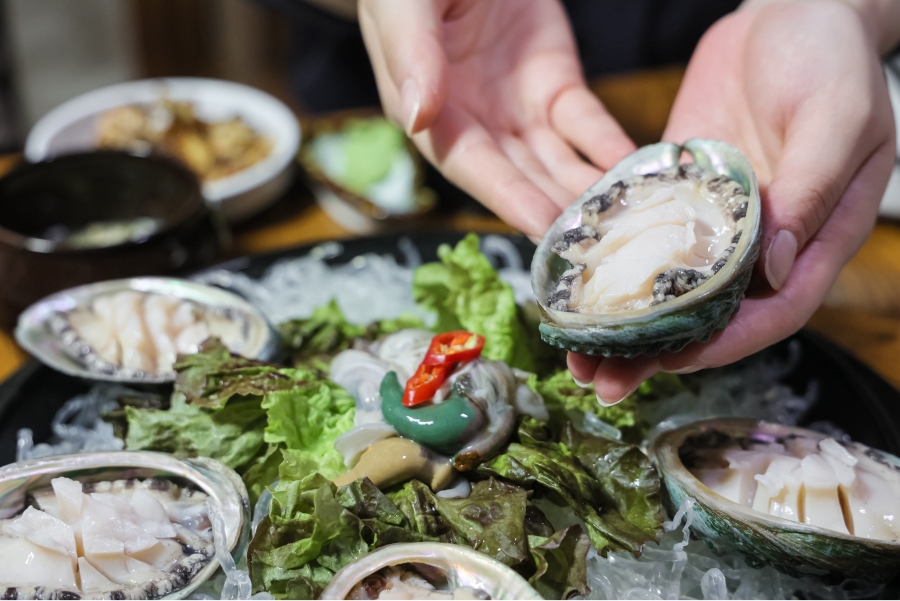
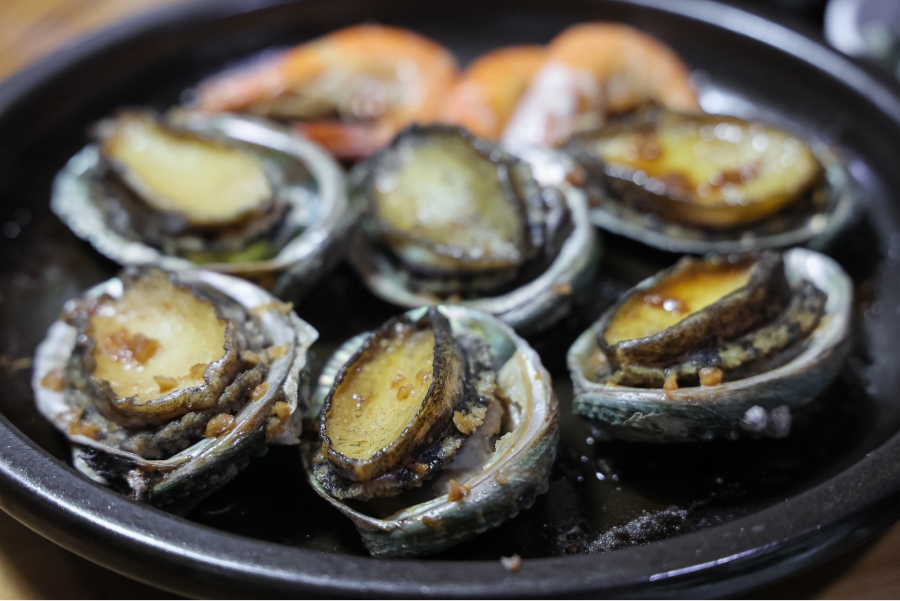
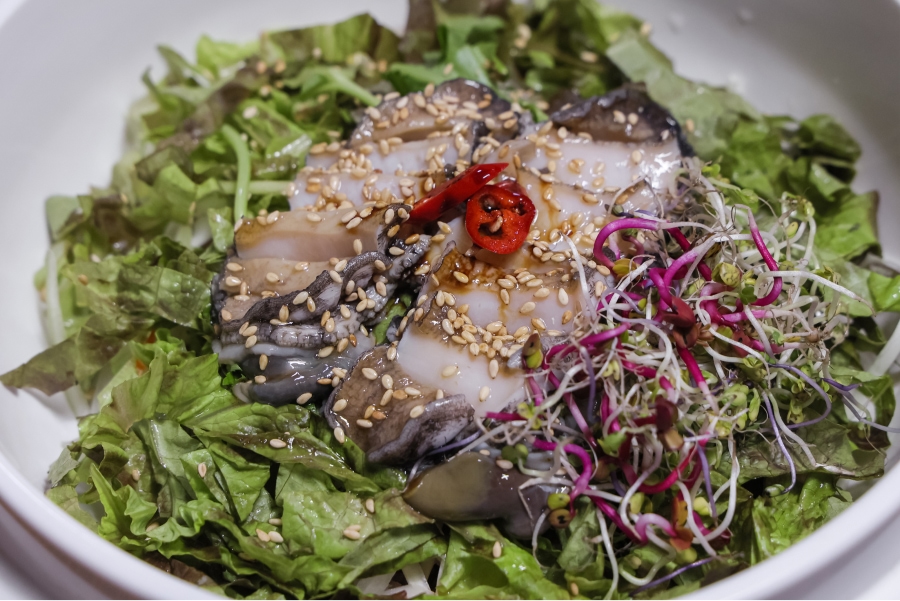
Grilled Eel: A Treasured Korean Delicacy
Eels are beloved not only for their flavor but also their renowned stamina-boosting qualities in Korea. Eels are rich in essential amino acids, protein, vitamins A and B, zinc, selenium, and unsaturated fatty acids, which can help boost immunity and restore energy. In Korea, this nutritious food holds particular popularity, especially among men seeking to replenish their stamina. During the Joseon period, eels were commonly used in porridge and soup, as recorded in the 18th-century work “Jasaneobo” by Jeong Yakjeon, a renowned scholar of that era. The introduction of Grilled Eels cooking method in Korea began in the 1910s, eventually becoming the predominant method of preparing eels on Korean tables. To prepare Grilled Eel, they are first gutted and de-boned before being grilled – either salt-grilled without additional seasoning or grilled with red chili paste or soy sauce. Grilled Eel is often served with thinly-sliced ginger and chives, enhancing the already rich eel flavors and aiding in digestion.
If you’re craving a delicious and nourishing eel dish during your visit to Korea, be sure to seek out the best places that serve excellent Grilled Eel. From traditional restaurants to modern eateries, you’ll find a variety of options to satisfy your taste buds.


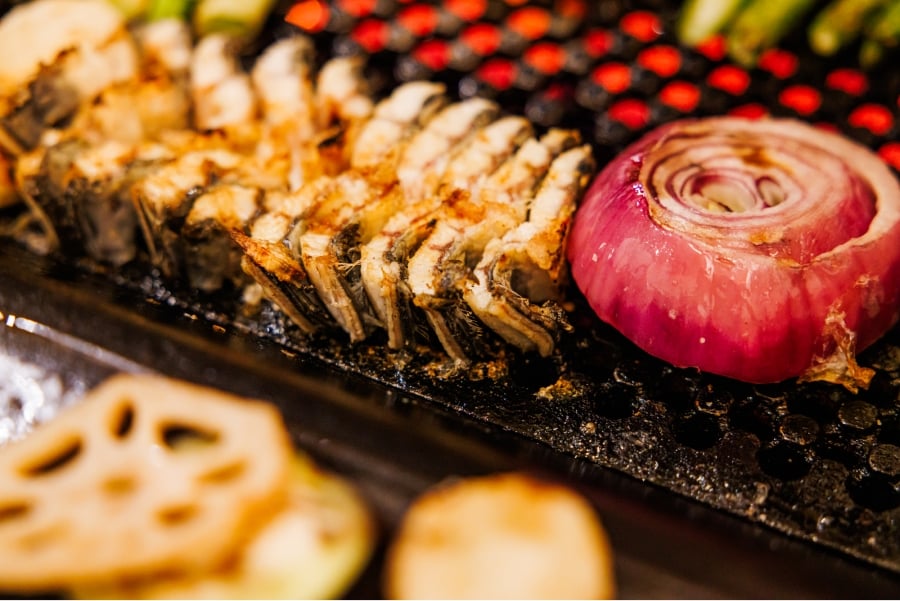


Octopus Soup: A Nourishing Korean Delicacy
Octopus has long been valued as an ingredient in stamina-boosting foods, echoing the sentiments of the Joseon-era scholar Jeong Yakjeon in his work “Jasaneobo,” where he asserted, “Feed the ailing ox a few octopus, and the ox shall recover strength in short order.” Indeed, octopus is rich in minerals, vitamin B2, high-quality protein, and taurine, which are excellent for mitigating fatigue and boosting stamina. While dishes like Stir-fried Octopus and Live Octopus are well-known, Octopus Soup, also known as Yeonpotang, is a popular and nutritious choice in Korea that features octopus. Octopus Soup, also known as Yeonpotang, typically refers to a clear soup made with vegetables, mushrooms, and octopus. Originally, Yeonpotang started as a Bean Curd Soup prepared with beef stock. However, over time, it transformed into today’s octopus-infused soup by replacing the economical bean curd with the prized ingredient of octopus, especially prevalent in coastal regions. Savor the clear, flavorful broth of Octopus Soup with vegetables and mushrooms, relishing it in a “refreshing” manner, much like the traditional Korean approach. Enjoy the chewy texture of octopus, cooked in the broth, by dipping it into soy sauce alongside vegetables. It’s an experience akin to absorbing the vitality of an entire octopus into your body.
If you’re interested in trying Octopus Soup, or Yeonpotang, during your visit to Korea, be sure to seek out the best places that serve this nourishing and delicious dish. From traditional restaurants to modern eateries, you’ll find a variety of options to satisfy your culinary cravings.





In conclusion, Korean cuisine offers a diverse array of nourishing and flavorful dishes that showcase the country’s rich culinary heritage. From the comforting Ginseng Chicken Soup to the prized Abalone and the revitalizing Grilled Eel and Octopus Soup, each dish holds a unique place in Korean culture and gastronomy. Whether you’re a seasoned foodie or a curious traveler, exploring these Korean delicacies is a must-do experience that will leave a lasting impression on your palate and your understanding of Korean culinary traditions.


